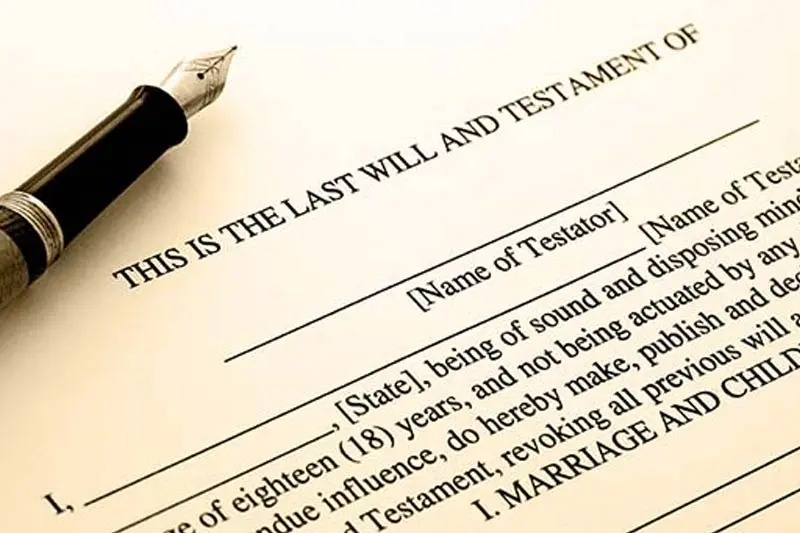Sometimes will provisions are in conflict with each other or are unclear. The testator’s estate plan can be radically different depending on what interpretation of the will controls. The will construction process determines how ambiguous wills are interpreted.
Main Issue: Testator’s Intent
The Texas Supreme Court has held that the primary inquiry in interpreting a will is determining the intent of the testator.
First: Look at the Four Corners of the Will
The testator’s intent is determined from the language found within the four corners of the will. If the will is not ambiguous and the testator’s intent can be determined from the four corners of the will, the court applies that intent without resorting to rules of construction.
Second: Resolve any Ambiguity
If the will is ambiguous, then the court uses rules of construction and presumptions in an attempt to resolve the ambiguity. There are many rules of construction, such as the rule that specific provisions control over general statements, and the rule that every part of a will should be given meaning if possible.
Third: Extrinsic Evidence
The construction of a will, including whether a will is ambiguous, is a question of law for the court to determine. If the rules of construction do not resolve the ambiguity, then the fact finder receives extrinsic evidence outside of the will of the testator’s intent. Only if the court finds that the will is ambiguous does the judge or jury receive extrinsic evidence to make a fact finding of the testator’s intent.
Conclusion
Wills with conflicting or ambiguous provisions should be analyzed using the will construction process, and should be presented to the court for clarification if needed.
















